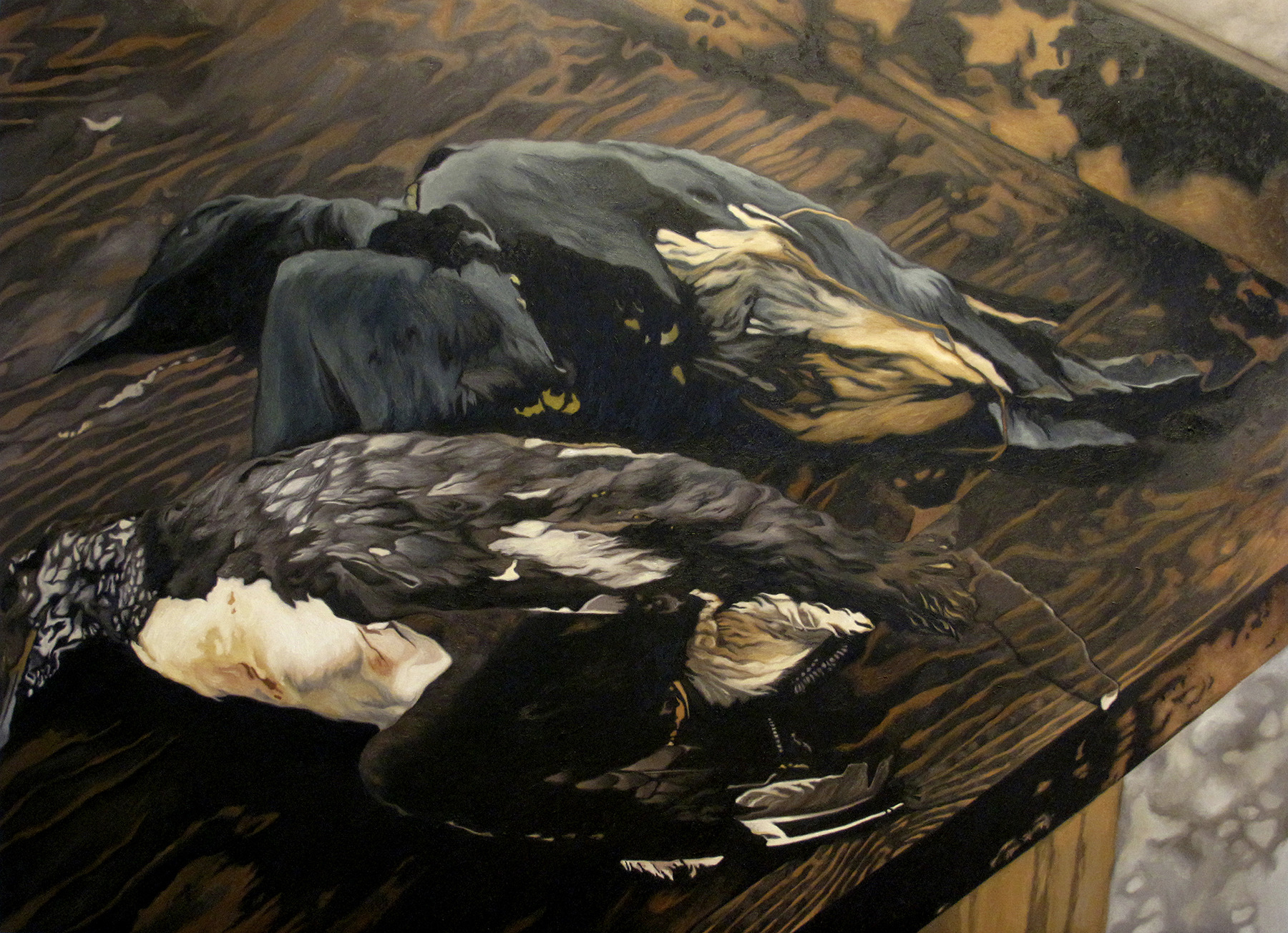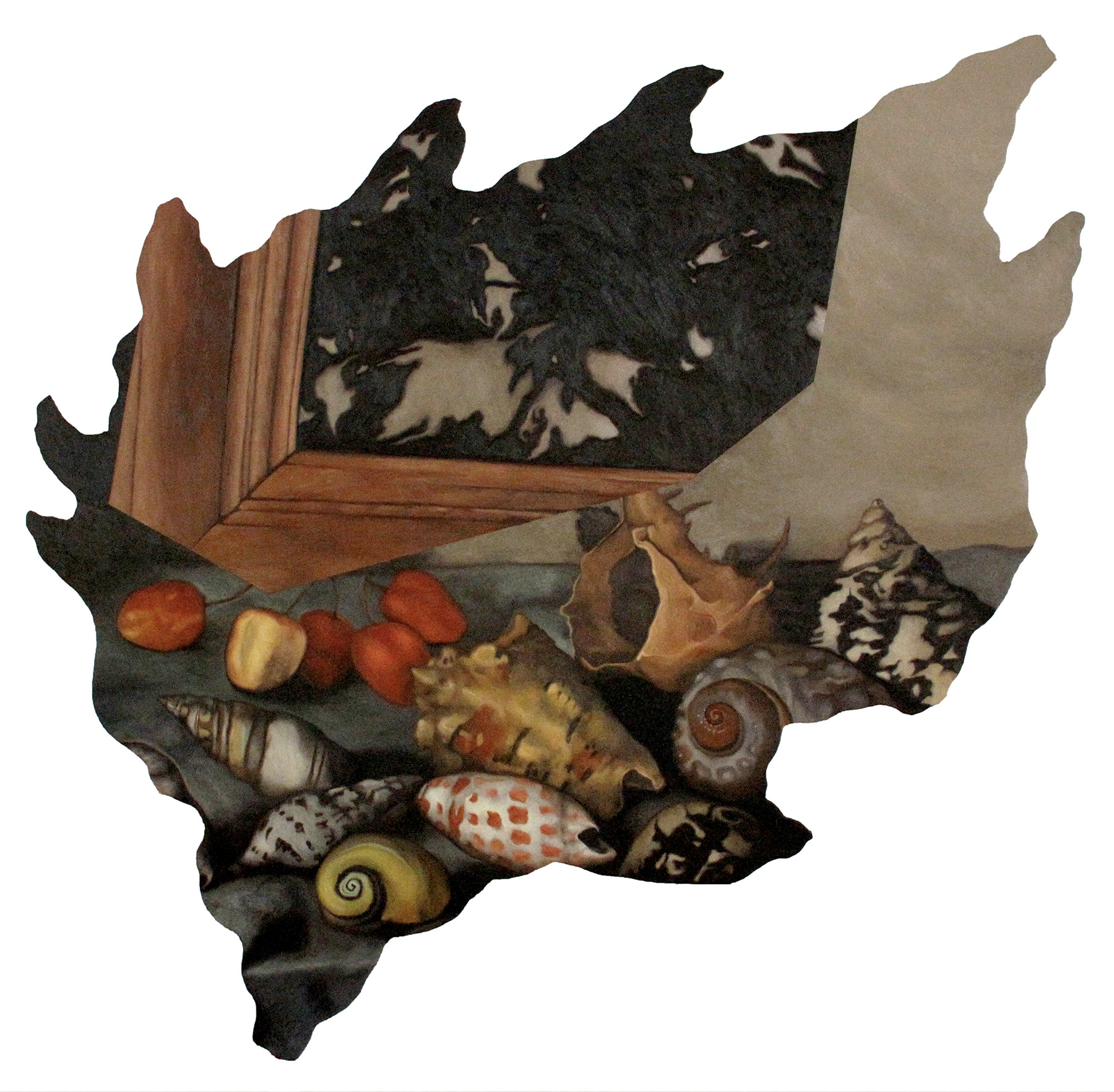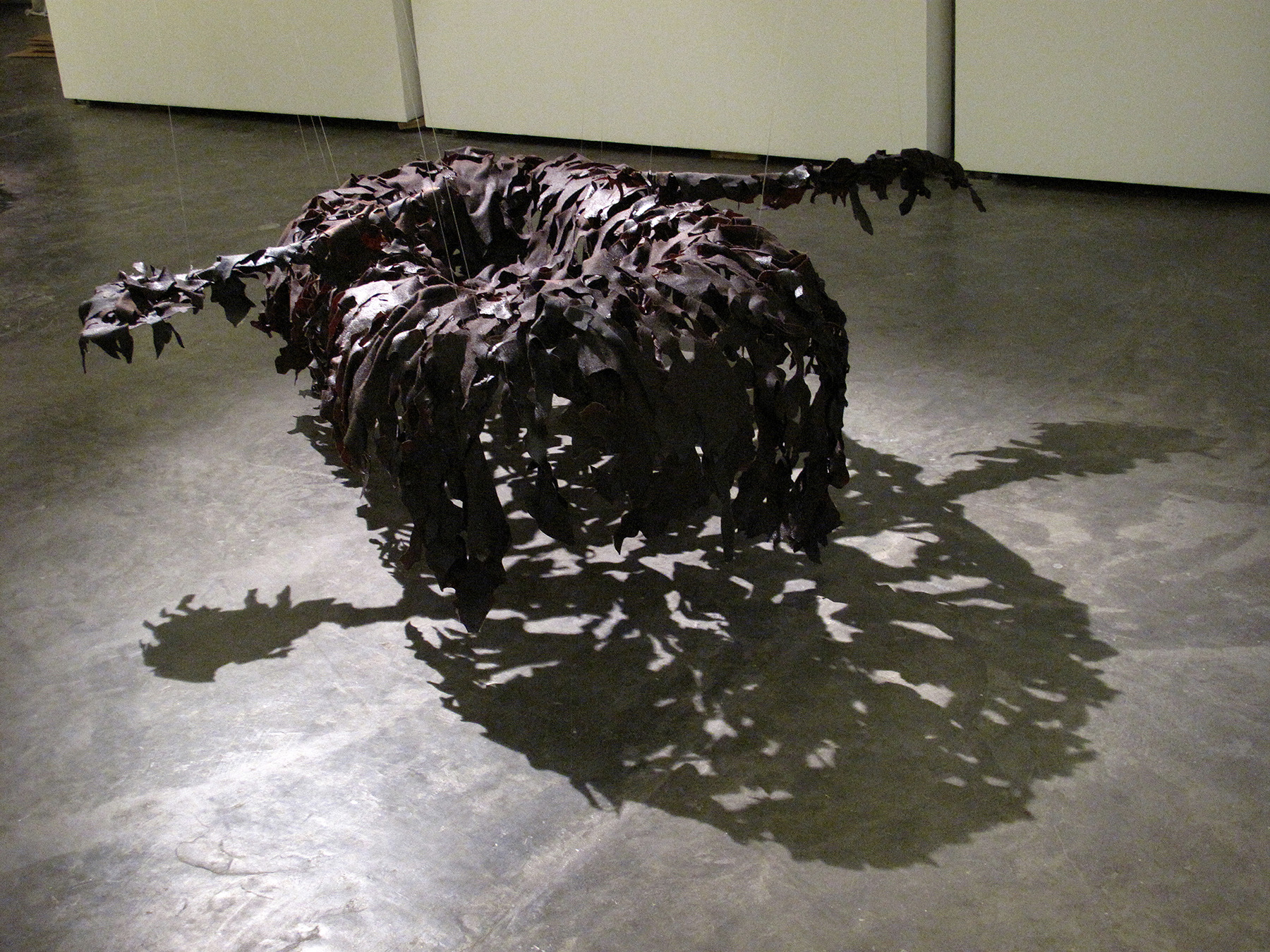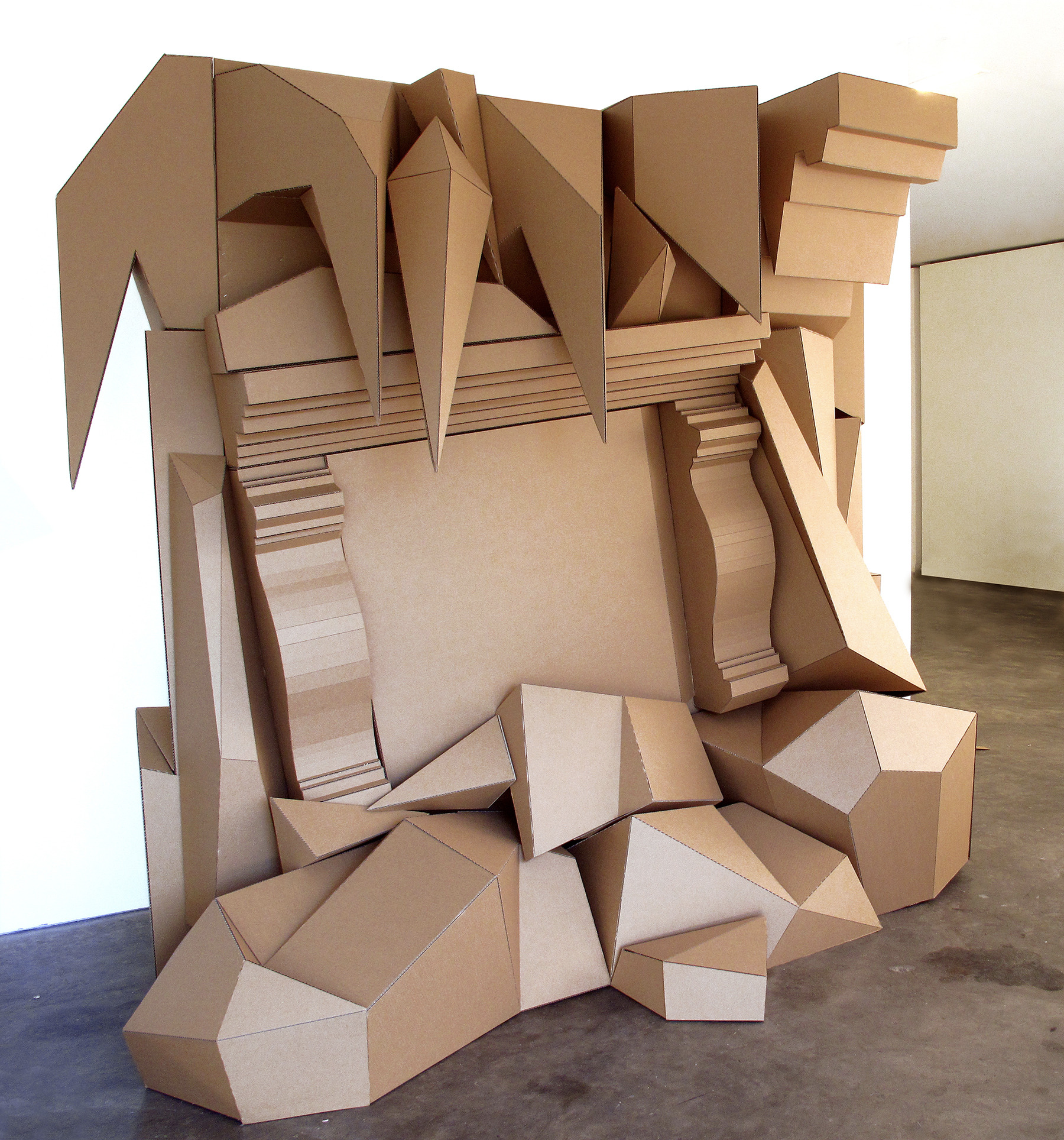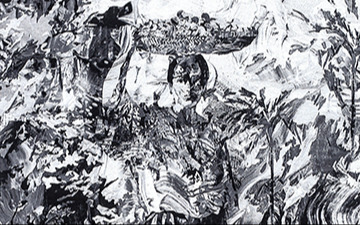
Dear Sweet Filthy World
Patricia Perez Eustaquio
Silverlens, Manila
Installation Views
About
I am interested in many things and in nothing. I am fascinated by the Classical, the Gothic, the Modern and their demise; by cultures and snow in faraway places; by fashion, architecture, by the environment, poverty, by faith, science and nihilism. I am fascinated by fossils, caves and bones, and that tip-of-your tongue moment when you try to remember but you haven't yet recalled. I am interested in poetry, in metaphors, in romantic odes and haiku; and in my practice, I wish to write works in a language that combines such interests into a postmodern collision, typhoon art smack dead game, lace and quicksand after a deluge.
My works weave object in to a narrative and rely on spaces in between what is actually there. The objects serve as clues, to complete the puzzles in our heads while our mind-cogs grind into the social, archaeological and art-historical spheres that our lives encounter. Painting and sculpture work on the equation of ambiguity, a defined negative in which the viewer may come in and draw her own connections, whatever the works' allusions may collide with in this person's worldview. In this sense, I make works that are fragments of something else, residues of an image or object, presenting both visual and void, with works that are palpable and conceptual.
My interest, therefore, is really about perception: how we see the world, how we keep records of what we see, and how we remember them. People will always talk about memory and nostalgia, longing and sentimentality but my works are an exercise outside that, hopefully working beyond that since I am less concerned about actual memories than of how we access them.
Memory is a kind construct, like a Rauschenberg. More precisely, memory is a re-construct, a reconstruction of individual packets of information we thread along to form a narrative. We may omit or we may embellish; we may see it through another's eyes. And it is these composites of residual narratives, the incomplete memories which I wish to bring to fore.
Each object I make, whethere it is a shaped canvas or a fossilized shell of another object, only works within its context. I am deliberate in choosing the material in which to create such object, since these tenuous references to art history, from the neglected crafts to fine arts, are important visual clues that add the kind of variable that I feel is necessary to compose such narratives. The unraveling of material, process and form, their weaving into our perception and our subsequent negotiations with what we see wnad what we think are truly frascinate me and drive my work.
- Patricia Perez Eustaquio
Manila, 2010
Patricia Eustaquio continues her exploration of memory with Dear Sweet Filthy World, bridging Elvis Costello’s song of the same name with oil paintings, cardboard sculptures, and boats cut from felt and cast in epoxy resin. Through these objects, Eustaquio expresses memory as an idea, and memory as she made it.
Eustaquio describes memory as a puzzle that must be broken down to be put back together again; it is ideas taken from our surroundings that “become floating individual thoughts that we access and take separately” to make a whole. Dear Sweet Filthy World is Eustaquio’s ode to this conceptual process, so vulnerable and relative, and yet at the same time, it is her narrative “to convey the irony of our feeling towards reality, the realities in life, the world.”
Taking her cue from the song, Eustaquio composes the show as a letter, allowing sentimentality and nostalgia to play a part. Understanding how one’s recreation of the past is built on fragments, Eustaquio allows her own memory to express itself, however limited and isolated it may be. As a subtext to Dear Sweet Filthy World, Eustaquio writes an actual letter, where she takes on the persona of someone coming to grips with a terrible event she has not experienced. This mirrors her memory of the Typhoon Ondoy tragedy. Watching from Delft, where she was completing her art residency, Eustaquio’s memory, time and space interfering, had gaps to be filled.
In doing so, Eustaquio’s art and language took a turn towards reaction. Dear Sweet Filthy World accuses the world, and questions the sweet and the filthy in it. Eustaquio wonders: “is the world sweet because of nature, and filthy because of man; is it vice versa; or is it either-or?” However personal, Dear Sweet Filthy World is also a set of “puzzles that complete themselves in the viewer’s mind”. Taking various forms and meanings, Eustaquio’s work allows us all to voice our feelings to a world where man struggles to shape memory, and fights to make sense of the ironies of life.
As in her previous show, Death to the Major, Viva Minor, Eustaquio allows us to question “the 1 beautiful and grotesque, lifting the veil and revealing the void that waits underneath”[1].
Patricia Eustaquio was awarded the CCP Thirteen Artists Award and the Ateneo Art Award in 2009, and will be part of the Art Omi Residency in New York in June.
Words by Bea Davila
[1] From Cross my heart and hope to die by Donna Miranda in Patricia Eustaquio’s catalogue (Silverlens Gallery)
Works
